Foreword
There are significant differences between magnetostrictive level gauges and magnetic flap level gauges in many aspects, which are mainly reflected in working principles, product structure, data display, measurement accuracy, measurement range and application scenarios. The following is a detailed analysis of these differences:
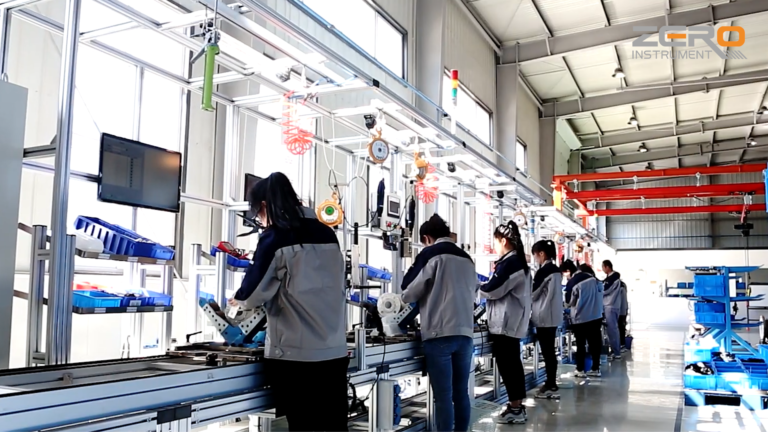
Different Principles of Operation
The magnetostrictive level gauge works based on the principle of magnetostriction for level measurement.
A float is provided outside the sensor measuring guide rod of the magnetostrictive level gauge, and the float can move up and down along the measuring rod as the liquid level changes. There is a set of permanent magnetic rings inside the float.
When the pulse current magnetic field meets the magnetic ring magnetic field generated by the float, the magnetic field around the float changes, so that the waveguide made of magnetostrictive material generates a torsion wave pulse at the position of the float. This pulse is transmitted back along the waveguide at a fixed speed and detected by the detection circuit.
By measuring the time difference between the pulse current and the torsion wave, the position of the float, that is, the position of the liquid surface, can be accurately determined.
Technical advantages of magnetostrictive level gauge: Magnetostrictive level gauge is suitable for level measurement of clean liquid level with high precision requirements, with an accuracy of 1mm, and the latest product accuracy can reach 0.1mm.
Magnetostrictive level gauge can also be used for boundary position measurement between two different liquids. Explosion-proof design, suitable for hazardous locations, intelligent electronic circuit design can calculate the volume; the only moving part is the float, maintenance is extremely low.
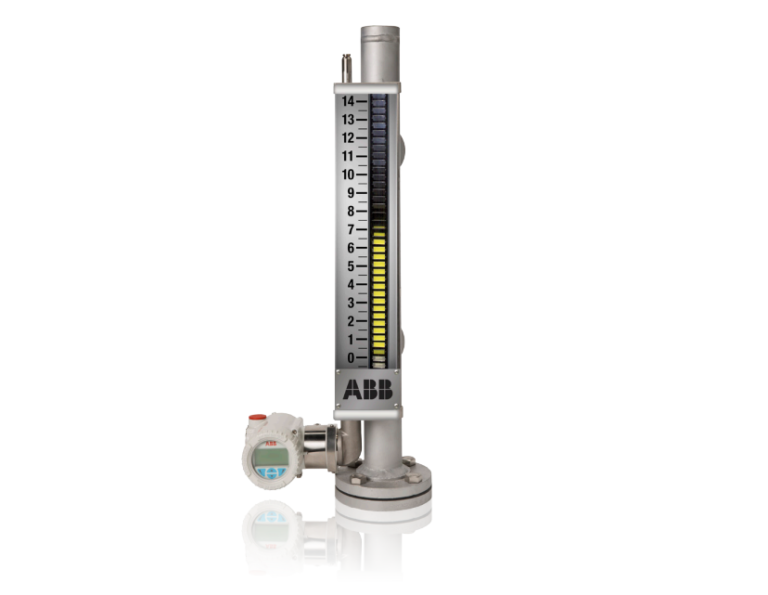
The magnetic flap level gauge works based on the principle of communicating vessels and magnetic coupling.
It uses a magnetic flap to indicate the liquid level. It consists of a fixed magnetic flap and a buoy with a float.
The magnetic float in the buoy rises and falls with the change of the liquid level in the container, and the external flap or column is driven by magnetic force to rotate to display the liquid level.
The flap indication accuracy is generally ±5~10mm, which is suitable for on-site indication of the liquid level of liquid storage tanks, storage tanks, underground storage tanks, etc. It can also be equipped with a remote transmitter for long-distance display monitoring. It is simple to install, easy to maintain, and reliable in operation. It is widely used in petrochemical, pharmaceutical production and other fields.
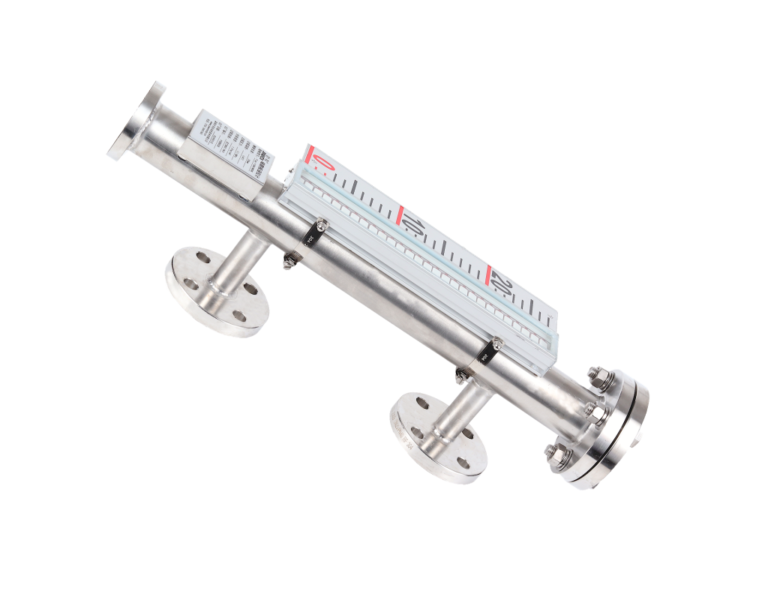
Different Product Structures
The magnetostrictive level gauge is mainly composed of the following parts:
Outer tube: used to protect internal components and as a guide rod for the float to move up and down, requiring corrosion resistance and pressure resistance;
Waveguide tube: located inside the outer tube, composed of magnetostrictive material, is the core part of the level meter, responsible for transmitting magnetic field and strain pulses;
Float: built-in permanent magnet, moves up and down with the change of liquid level. When the magnetic field of the permanent magnet in the float intersects with the magnetic field of the interrogation pulse on the waveguide, a strain pulse is generated;
Electronic unit: generates a low-current interrogation pulse and receives the returned strain pulse. By measuring the time interval between the interrogation pulse and the return pulse, the liquid level value is accurately calculated.

The magnetic flap level gauge is mainly composed of the following parts:
Measuring main body float tube: The cavity used to accommodate the float ball forms a communicating structure with the measured container through a flange or other interface to ensure that the liquid level in the main tube is the same as the liquid level in the measured container.
Float sensing element: The float placed in the main measuring tube in advance rises or falls with the rise or fall of the liquid level in the container. A group of magnetic units are fixed in the float, and their height is consistent with the corresponding liquid level.
Magnetic panel indicator: usually tied to the outer surface of the main pipe, used to indicate the liquid level in real time. Under the magnetic coupling of the permanent magnet of the magnetic float, the flap in the indicator flips over and displays the liquid level change in different colors (usually red and white).
Process connection flange component: used to connect with the measured container to ensure that the magnetic flap level meter can be installed and work correctly.
Drainage and venting assembly: mainly used to discharge the liquid in the main pipe or the air in the upper end of the vent pipe during maintenance, and to discharge sewage during cleaning.
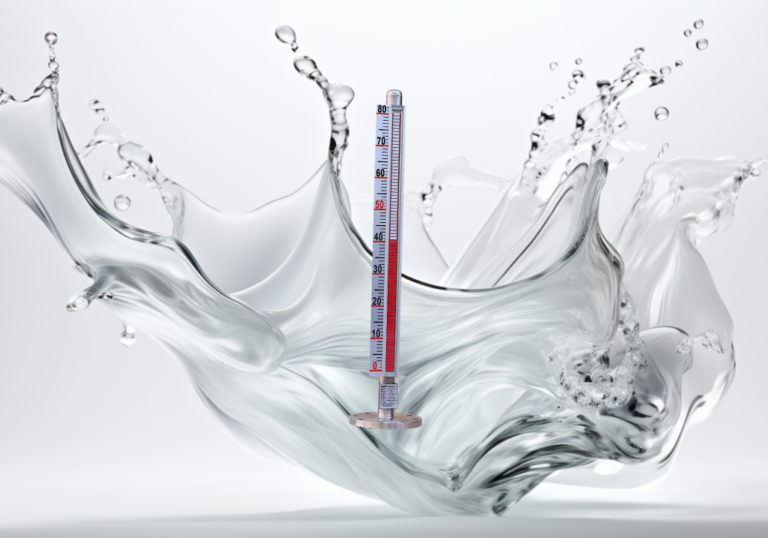
Different Application Features
Natural gas ultrasonic flowmeters are widely used in petroleum, chemical, electric power, metallurgy, industrial boilers and other industries, as well as natural gas high-pressure long-distance pipelines, provincial and municipal distribution station metering management, urban gas metering management, natural gas coalbed methane exploitation and utilization, liquefied natural gas and liquefied petroleum gas, large-scale industrial gas metering management, blast furnace gas and coke oven gas metering and other fields.
Applications of magnetostrictive level gauges:
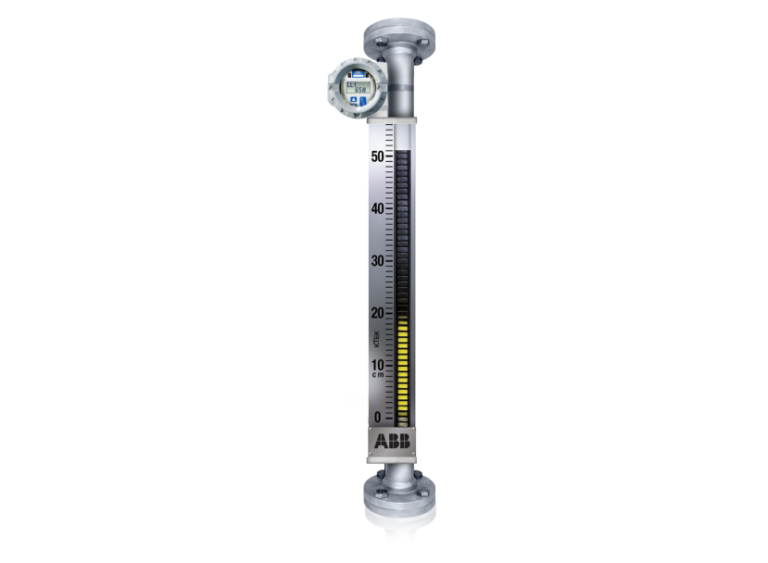
Magnetostrictive level gauges are suitable for measuring the level of clean liquids with high precision requirements, with an accuracy of up to 0.1mm, so they are widely used in situations where high-precision measurement is required;
Applicable to industrial level measurement and control of various liquid tanks such as petroleum, chemical raw material storage, industrial processes, biochemistry, medicine, food and beverages, irrigation area management, and underground inventory at gas stations; can work under special conditions such as high temperature, high pressure, and corrosive liquids, showing strong environmental adaptability.
Applications of magnetic flap level gauge:
The magnetic flap level gauge is suitable for general liquid level measurement needs; it has a simple structure, easy installation and low maintenance cost, so it is widely used in liquid level measurement of various liquid containers; the magnetic flap level gauge integrates on-site indication, remote transmission, and alarm control switch in one, with complete functions; it is continuous, intuitive, and eye-catching, with a large measuring range, and the observation direction can be changed at will.

Conclusion
Magnetostrictive level gauges are better in terms of accuracy and adaptability to special environments, and are suitable for level measurement under high precision and special conditions.
Magnetic flap level gauges are more suitable for general level measurement needs. They have a simple structure and low cost, making them a cost-effective choice.
When choosing a level gauge, it is necessary to comprehensively consider the specific application requirements, environmental conditions, and budget to ensure that the most appropriate level measurement solution is selected.
